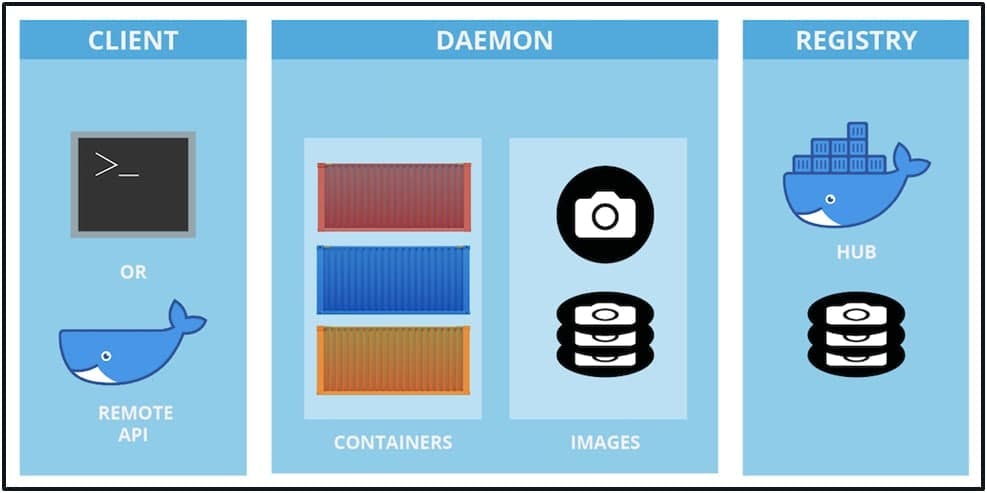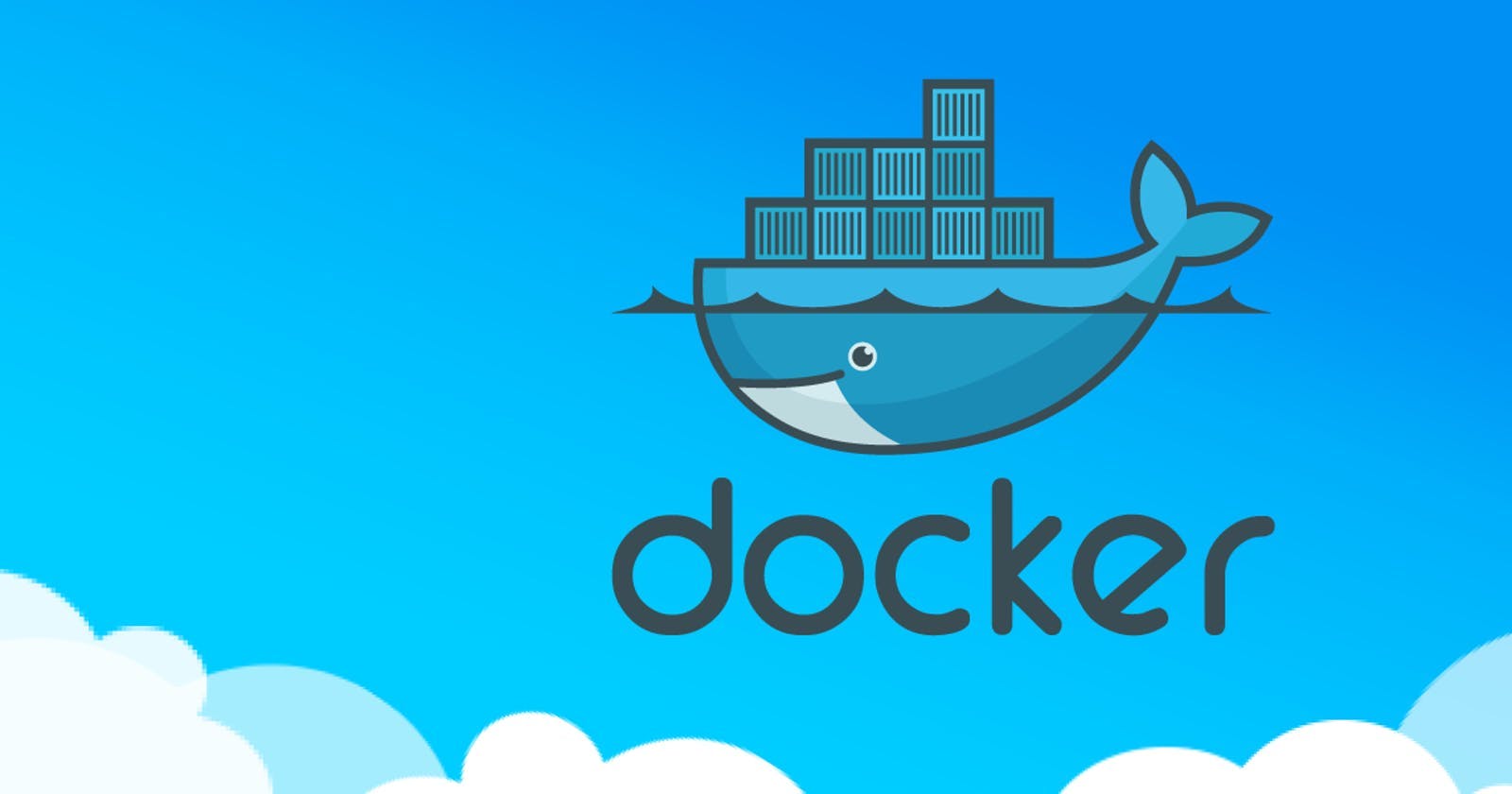What is DOCKER?
Docker is an open platform for developing, shipping, and running applications. Docker enables you to separate your applications from your infrastructure so you can deliver software quickly. With Docker, you can manage your infrastructure in the same ways you manage your applications. By taking advantage of Docker’s methodologies for shipping, testing, and deploying code quickly, you can significantly reduce the delay between writing code and running it in production.
The Docker platform
Docker provides the ability to package and run an application in a loosely isolated environment called a container. The isolation and security allows you to run many containers simultaneously on a given host. Containers are lightweight and contain everything needed to run the application, so you do not need to rely on what is currently installed on the host. You can easily share containers while you work, and be sure that everyone you share with gets the same container that works in the same way.
Docker provides tooling and a platform to manage the lifecycle of your containers:
- Develop your application and its supporting components using containers.
- The container becomes the unit for distributing and testing your application.
- When you’re ready, deploy your application into your production environment, as a container or an orchestrated service. This works the same whether your production environment is a local data center, a cloud provider, or a hybrid of the two.
Containerization
Containerization is a type of Virtualization that brings virtualization to the operating system level. While Virtualization brings abstraction to the hardware, Containerization brings abstraction to the operating system. Moving ahead, it’s time that you understand the reasons to use containers.
Reasons to use Containers
Following are the reasons to use containers:
- Containers have no guest OS and use the host’s operating system. So, they share relevant libraries & resources as and when needed.
- Processing and execution of applications are very fast since applications specific binaries and libraries of containers run on the host kernel.
- Booting up a container takes only a fraction of a second, and also containers are lightweight and faster than Virtual Machines.
Dockerfile, Images & Containers
Dockerfile, Docker Images & Docker Containers are three important terms that you need to understand while using Docker.

As you can see in the above diagram when the Dockerfile is built, it becomes a Docker Image and when we run the Docker Image then it finally becomes a Docker Container. Refer below to understand all three terms.
Dockerfile: A Dockerfile is a text document that contains all the commands that a user can call on the command line to assemble an image. So, Docker can build images automatically by reading the instructions from a Dockerfile. You can use docker build to create an automated build to execute several command-line instructions in succession.
Docker Image: In layman's terms, Docker Image can be compared to a template that is used to create Docker Containers. So, these read-only templates are the building blocks of a Container. You can use docker run to run the image and create a container. Docker Images are stored in the Docker Registry. It can be either a user’s local repository or a public repository like a Docker Hub which allows multiple users to collaborate in building an application.
Docker Container: It is a running instance of a Docker Image as they hold the entire package needed to run the application. So, these are basically the ready applications created from Docker Images which is the ultimate utility of Docker.
Docker Compose & Docker Swarm
Docker Compose is a YAML file that contains details about the services, networks, and volumes for setting up the application. So, you can use Docker Compose to create separate containers, host them and get them to communicate with each other. Each container will expose a port for communicating with other containers. Docker Swarm is a technique to create and maintain a cluster of Docker Engines. The Docker engines can be hosted on different nodes, and these nodes, which are in remote locations, form a Cluster when connected in Swarm mode. With this, we come to an end to the theory part of this Docker Explained blog, wherein you must have understood all the basic terminologies. In the Hands-On part, I will show you the basic commands of Docker, and tell you how to create a Dockerfile, Images & a Docker Container.
DOCKER ARCHITECTURE

Benefits of Docker in the SDLC
There are numerous benefits that Docker enables across an application architecture. These are some of the benefits that Docker brings across multiple stages of the software development lifecycle (SDLC):
Build: Docker allows development teams to save time, effort, and money by dockerizing their applications into single or multiple modules. By taking the initial effort to create an image tailored for an application, a build cycle can avoid the recurring challenge of having multiple versions of dependencies that may cause problems in production.
Testing: With Docker, you can independently test each containerized application (or its components) without impacting other components of the application. This also enables a secured framework by omitting tightly coupled dependencies and enabling superior fault tolerance.
Deploy & maintain: Docker helps reduce the friction between teams by ensuring consistent versions of libraries and packages are used at every stage of the development process. Besides, deploying an already tested container eliminates the introduction of bugs into the build process, thereby enabling an efficient migration to production.
When it comes to the enterprise use of containers, you can rest easy knowing that Docker works with so many popular tools, including:
Kubernetes Bitbucket MongoDB VMWare Tanzu Redis Nginx And More! Docker alternative
Although Docker is one of the most popular choices for application containerization, there are alternatives:
Containerd. Originally a tool that was part of the Docker ecosystem, this Docker alternative has morphed into its own high-level container runtime. Unlike Docker, which handles network plugins and overlays, Containerd abstracts these functionalities and focuses on running and managing images.
LXC/LXD Linux Containers. An open-source containerization platform with a set of language bindings, libraries, and tools that enables the creation and management of virtual environments. Being tightly bound to the Linux ecosystem, its adoption rate is comparatively limited.
Core OS rkt. Pronounced as “rocket”, this is another open-source software containerization alternative to Docker. An essential feature of rkt is that it is arguably a more secure containerization platform that fixes some of the vulnerable flaws within Docker’s design.
A few other lesser-known alternatives include OpenVz and RunC.
DOCKER ALSO SUPPORTS BUSINESS AGILITY
The idea of an agile, consistent, and independent environment that allowed faster builds and application interoperability turned out to be more challenging in virtual machines than initially thought. Thanks to Docker, an organization can now fill the gaps left by virtual machines—without duplicating computing resources and while avoiding effort redundancy. In today’s cloud-native environment, Dockers are synonymous with application efficiency and maintainability. No wonder organizations continue adopting Docker!
